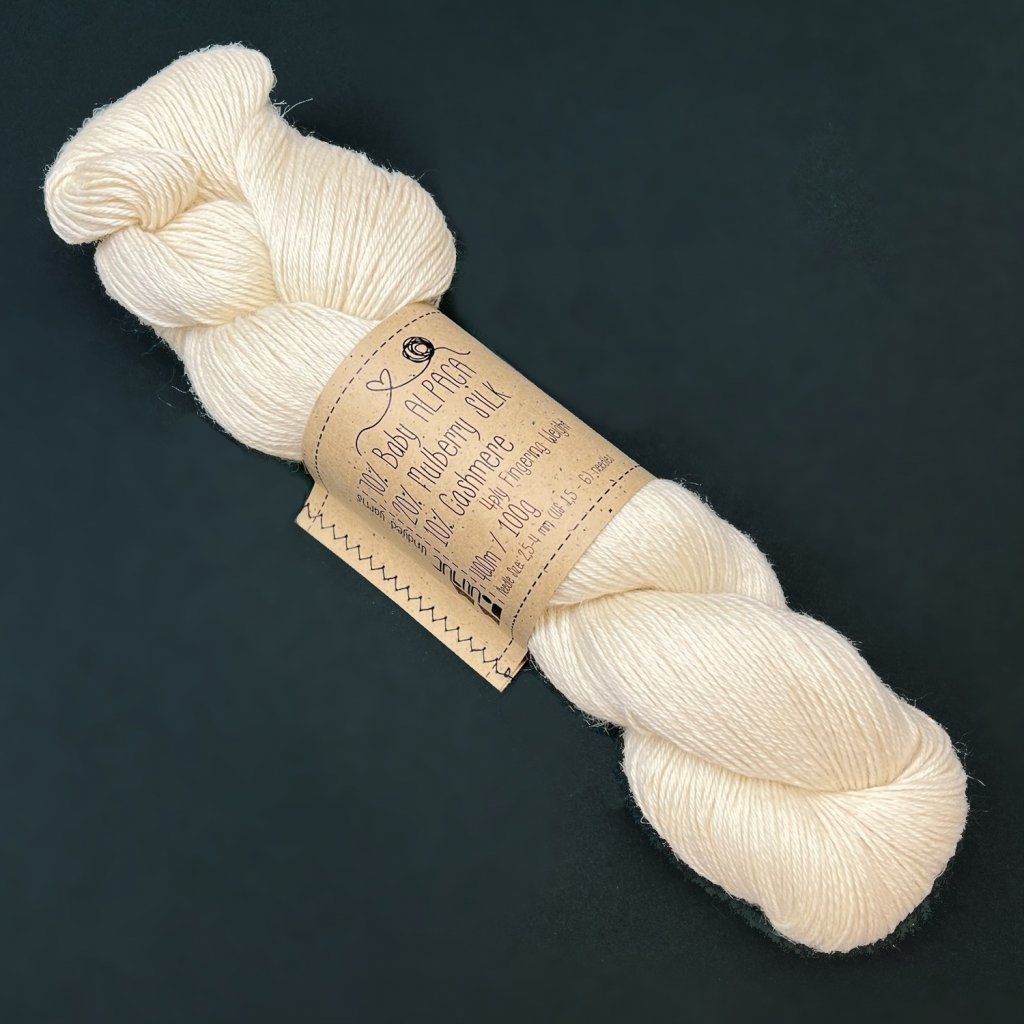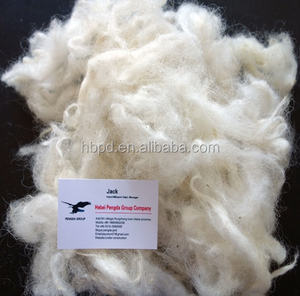How is cashmere Fibre Made and Why Is It So In Demand?
How is cashmere Fibre Made and Why Is It So In Demand?
Blog Article
Reasons You Have To Require Cashmere a Natural Fiber for Convenience and Beauty in Everyday Use
In the world of fabrics, couple of fibers rival the high-end and comfort of cashmere. Exactly how can one best use cashmere to boost their design? These fascinating questions lay the foundation for an enlightening exploration into the world of cashmere. cashmere fibre.
Comprehending the Extravagant Nature of Cashmere

Reviewing the Comfort Element of Cashmere Clothes
What top qualities underscore the convenience element of cashmere garments? The gentleness of cashmere is the very first high quality to consider. Its plush appearance makes it feel like a second skin, providing heat without the weight or itching connected with other wool items. Cashmere's special fiber structure allows for breathability, managing temperature and preventing getting too hot. The material's flexibility and resilience ensure that it molds against the body easily, keeping its shape over time. Cashmere's hypoallergenic homes also add to its convenience, making it an excellent option for delicate skin. Last but not least, the capacity to layer cashmere pieces without thickness heightens the convenience element. Essentially, the comfort of cashmere is derived from its gentleness, breathability, sturdiness, hypoallergenic nature, and versatility.

The Ecological Influence and Sustainability of Cashmere
While the comfort and beauty of cashmere are most certainly enticing, it's equally essential to consider its connection with the atmosphere. Cashmere manufacturing, primarily in Mongolia and China, includes increasing cashmere goats, which can substantially strain vulnerable meadow ecological communities as a result of overgrazing. This can cause desertification, a pushing ecological worry. The handling of cashmere, including dyeing and cleaning, have a peek at these guys can additionally contribute to water pollution if not properly taken care of. Efforts are being made to establish lasting cashmere manufacturing approaches, such as rotational grazing and cleaner processing techniques. While cashmere has ecological effects, its sustainability largely depends on production methods.
Comparing Cashmere to Synthetic Fibers: A Cost-Benefit Analysis
In spite of its ecological difficulties, cashmere offers an one-of-a-kind collection of benefits over synthetic fibers. On the price side, cashmere is unquestionably more costly useful content due to its labor-intensive production process. The advantages make it worth the financial investment. Cashmere's natural fibers offer exceptional softness and heat, converting into convenience that artificial fibers struggle to match. Furthermore, cashmere pieces are extremely sturdy, encouraging durability that offsets first costs in time. Unlike synthetic fibers, cashmere does not add to microplastic air pollution, making it a more sustainable option. In comparison, artificial fibers, while more affordable upfront, offer less comfort, have shorter life-spans and posture ecological concerns. Thus, when examining cost-benefit, cashmere's superior qualities make it a worthwhile investment for everyday wear.
Styling Tips With Cashmere for Everyday Elegance
Having thought about the cost-benefit analysis of cashmere compared to artificial fibers, it comes to be clear why this elegant material is a popular option for lots of. When styling cashmere for day-to-day sophistication, simplicity is key. A cashmere sweatshirt, for instance, can be coupled with tailored trousers or a streamlined skirt for a chic, put-together look - cashmere fibre. For an extra casual set, a cashmere cardigan worn over a simple tee and jeans exudes effortless design. Accessories can further raise the look: a statement locket or scarf can include a pop of shade to a neutral cashmere item. Ultimately, the integral beauty of cashmere makes it a versatile addition to any kind of wardrobe, easily enhancing everyday attire with a touch of luxury.

Verdict
In enhancement, cashmere's sustainability and reduced ecological impact compared to Homepage artificial fibers further improve its allure. Spending in cashmere garments is a rewarding choice for design, comfort, and sustainability.

Report this page